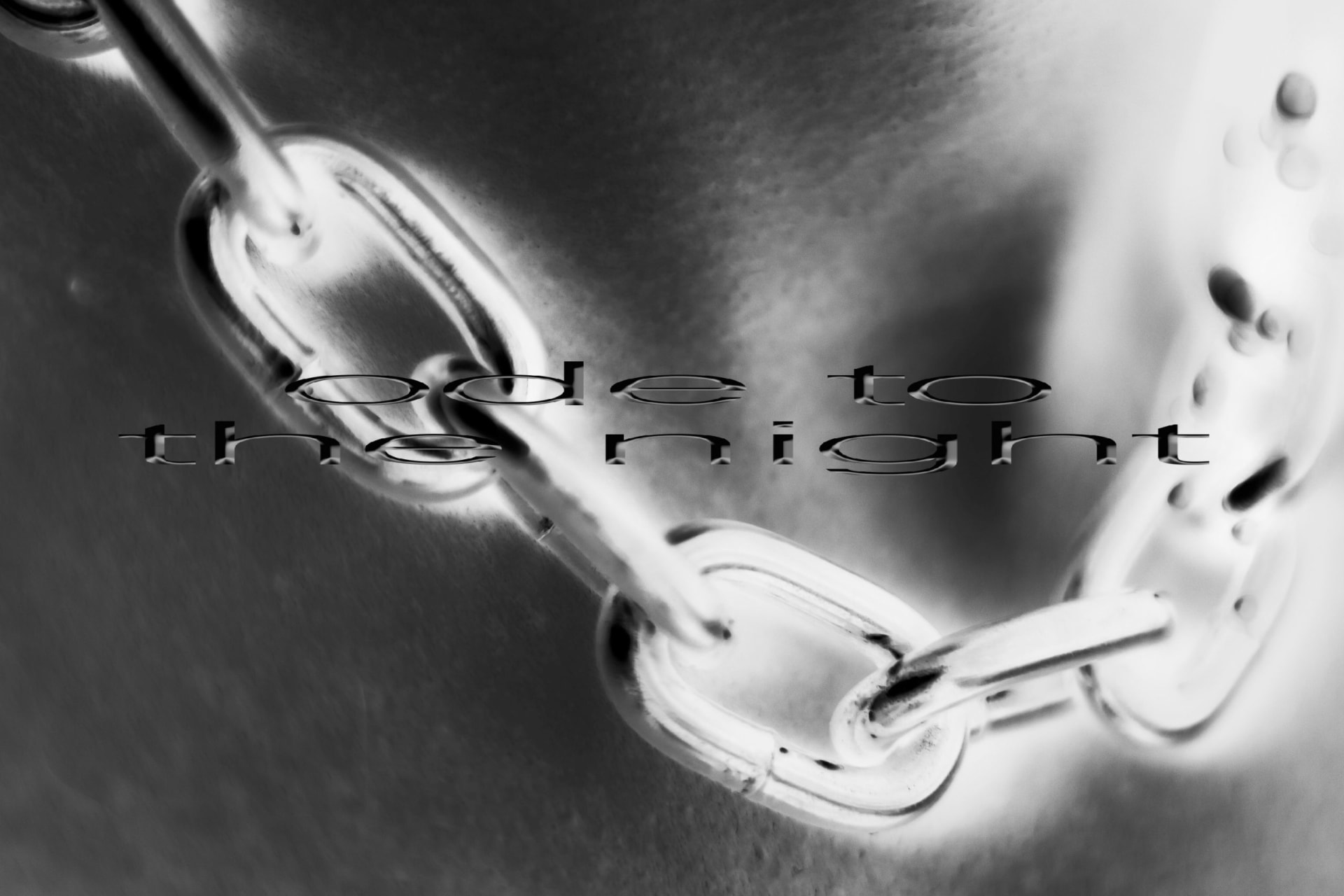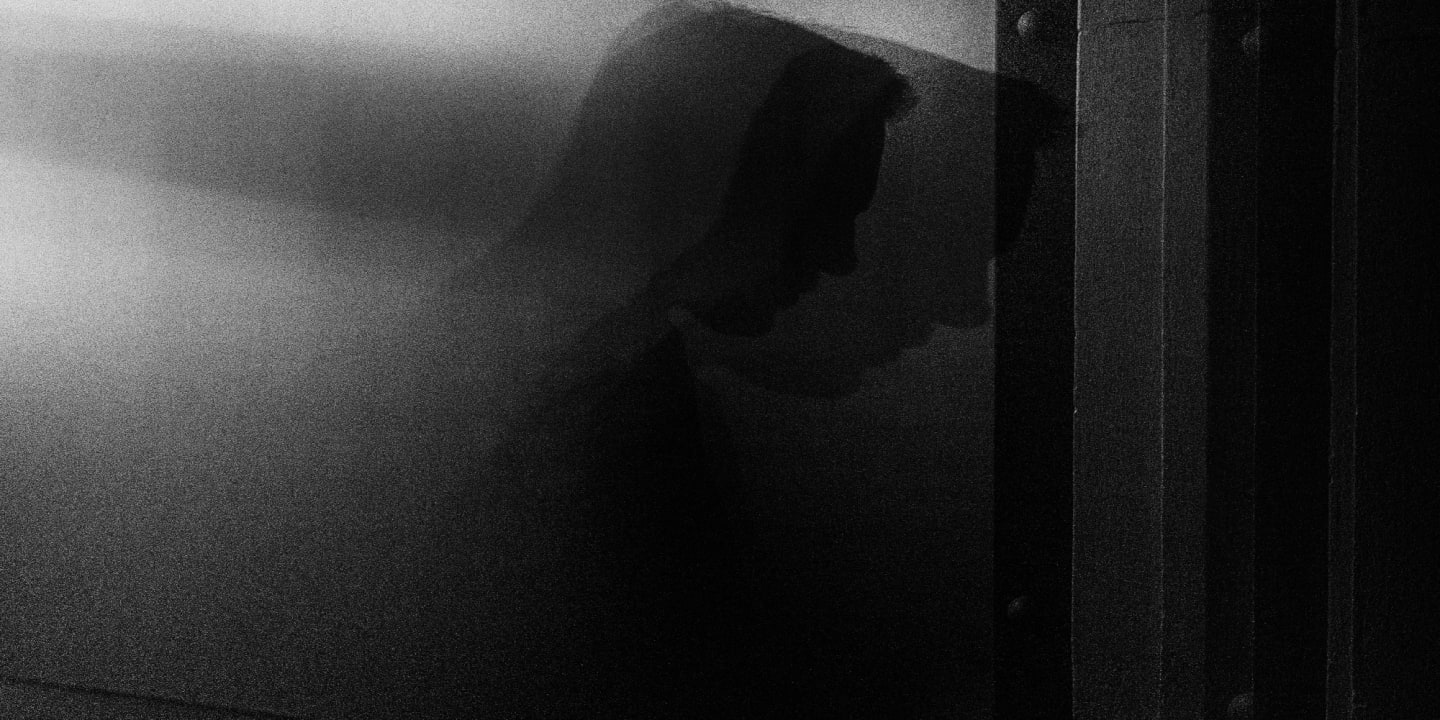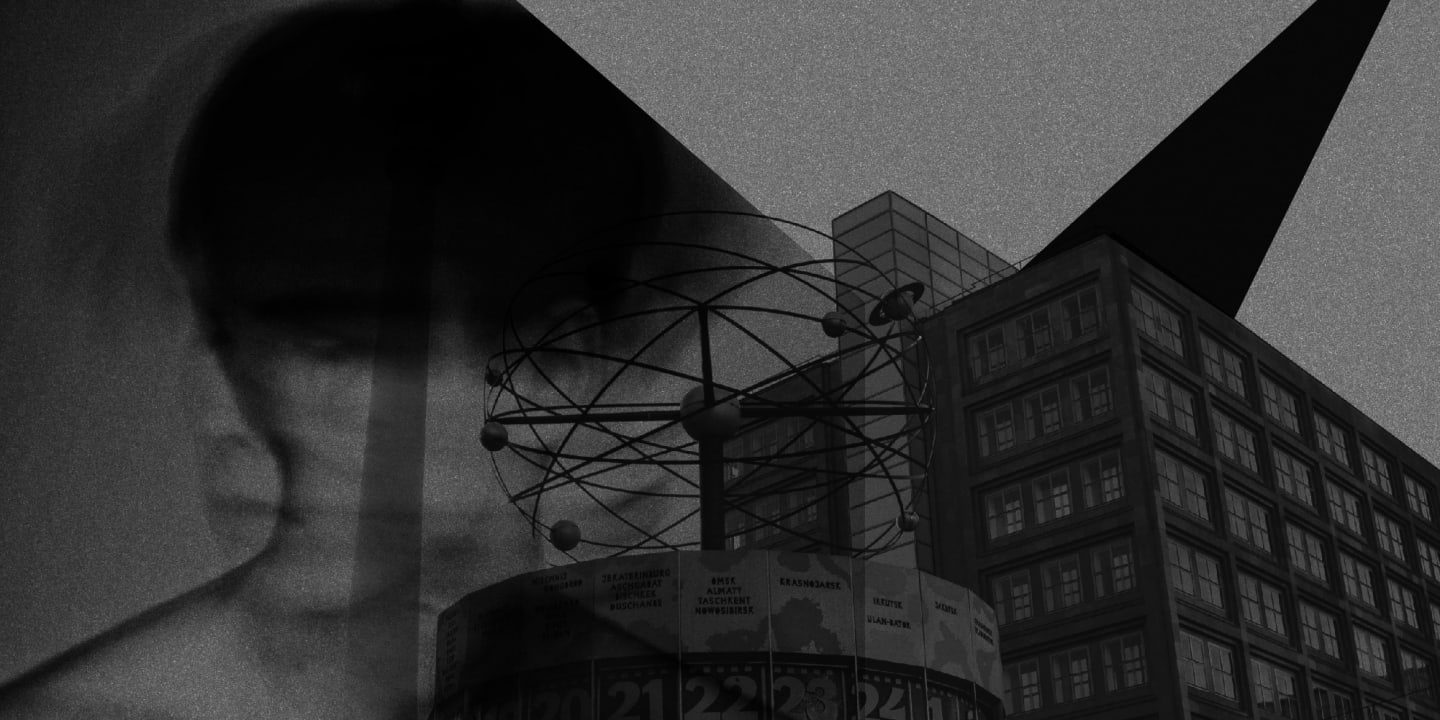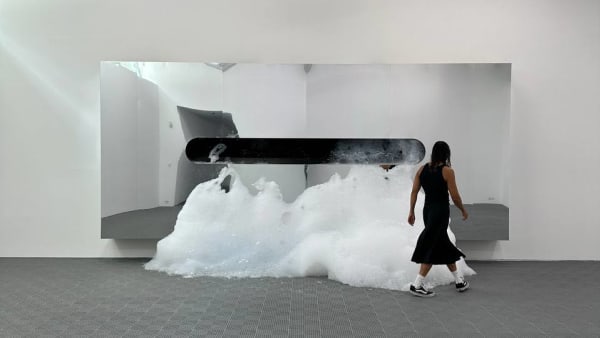

The Rules to Live By, Part I
Writer Geoffrey Mak comes of age in Berlin's gay bars, dark rooms, and techno clubs during the city's final years of decadence.
Our newest series Ode to the Night captures the rave as a rite of passage. Each personal essay reveals how the party scene is as much about hedonism and celebration as it is about coming of age.
In the inaugural piece, writer Geoffrey Mak searches for himself within a helix of self-destruction and enlightenment during his first year in a new city. This is part one of his two-part personal essay.
–
Introduction
Berlin’s queer nightlife is inherently political. Gay bars, darkrooms, techno clubs—each are hosts, places of fantasy, to people who engage with one another as bodies, hard and tactile, not as algorithm, un-platformed. Such places in Berlin are disappearing, and these past few years may have been witness to the city’s final years of decadence. This essay portrays those years as they appeared to me, brimming with arrogant pleasure, and ending in a comedown I always knew was in the cards. I was here for it, the good with the bad, and no regrets either way.
–
The Rules to Live By Pt. 1
-
Part I read by Adam Sinclaire

Once, at a dinner party in New York, I overheard someone say he’d never fallen so in love with something that wasn’t a person before he fell in love with Berlin. This I knew to be true by its cadence, saying something about sweaty bed sheets, infinite bathroom lines, and midnight confessionals along the canal. Around this time, I remember seeing a Mark Borthwick photograph, in a magazine, of a woman in heels standing beside a dumpster, and I recognized there the Berlin I know but keep failing to articulate outside the usual techno, artist squats, and open sex. The Berlin I know is more elusive, seeping into nocturnal moods in which the crucial details blur, leaving a hazy when without the why, with the four-four beat of the techno soundtrack running through virtually all my memories of the time.
I can’t remember why, exactly, I decided to move there. The euro’s exchange rate to the dollar had hit a historic low, paving the way for an entire generation of Americans to suddenly ask, “Why not Berlin?” The city, with its low rents and seventy-two hour parties, prefigured in the millennial imagination as a post-industrial wasteland whose aesthetic mirrored, in emotional timbre, a lost generation who entered an evaporated job market after the 2008 financial crisis. Finding our futures canceled and job potentials erased, we became skeptical of anything but pleasure, which was, in the present moment, the only viable investment.
We were a new wave of downwardly mobile burnouts, a “surplus population” of emotional descendants of East Berlin squatters post-reunification, or Thatcherite ravers in search of ecstasy and the second Summer of Love. At twenty-five, I wasn’t looking for anything other than ‘new experiences,’ which can feel something like purpose to a twenty-five-year-old. I remember the electrifying surge in my limbs as I first touched down at Tegel airport. My luggage had been lost, my phone plan wasn’t working, but none of it had any effect on my incorrigible optimism. From the airport, I went to meet my friend Danielle who was renting a flat out in Schöneberg where she let me crash on her couch. It was Easter weekend, I remember, because Danielle and I had gone to a diner around the corner and saw men walking around the streets in leather jackets, police hats, harnesses. The leather pair at the table next to us chatted us up while we were brimming with possibility and naiveté for what this city now afforded us. I felt elated ordering a burger, because I somehow still thought the hamburger originated in Hamburg, and my burger tasted terrible, and I didn’t care.
Every detail that first week had appeared sumptuous: garlands of sweet tomatoes at the market, or the sound of taxis on cobblestones, lazily tranquilizing. I remember exiting the U-Bahn station at Kurfürstenstraße to greet the neon pink sign of LSD store: “Love. Sex. Dreams.” Taking the S-Bahn from Alexanderplatz to Ostkreuz had a natural pace to it, moving from the TV tower over the market stalls at Hackescher Markt, then over to Warschauer where I could see the bridge, the silvery water, and the Mercedes Benz building with its revolving logo on top.
Unlike New York, Berlin displayed, for me, an unconquerable expansiveness. In New York, it was easy to lose your spot, but in Berlin, it was easy to lose your way. That first year, I would try to memorize the colored lines on all the transit maps. I’d sit on the S-Bahn for forty-five minutes, get off at some stop I didn’t recognize, and find I was an hour outside of the ring. For an entire year, I hadn’t figured out a phone situation that worked, tangled in international phone plans and roaming charges. The Wi-Fi on grocery store SIM cards never worked when I needed it. I guess somewhere in here is a punch line about losing connection and not even noticing until you were an hour outside the city. After a while, I did get to know the transit maps, but I never exactly found my way back to the track I had originally planned to take. What that track was and why it was important, I don’t know. Like I said, I don’t have the why. All I have is myself as a twenty-five-year-old in a new country for the first time, buoyant with dreams that, within a few years, became pretty much irrelevant.

During that first year in Berlin, I rented an apartment on Mittenwalder Str. in Kreuzberg with my friend Ben from New York. Like Danielle, who’d worked for the Black Party in New York, I also knew Ben from queer nightlife in New York, where he was something of a staple because he was such a polymath: photographer, DJ, sculptor, illustrator, runway model, fashion zine editor. At the apartment, his mannerisms rubbed off on me. I picked up his slang—“rude” was a good thing, and “subtle” meant class—as well as his Southern manners, like repeating people’s names when addressing them in conversation. He sometimes brought boys over, after the club or in the middle of the week, and we’d smoke by the window in the kitchen. Mostly we lived like bored teenagers on summer break, out here doing the whole artist thing. During the weekdays, I wrote, and Ben went running or worked on music, and at night we’d pick up a glass of Riesling from the späti and confess our life stories the way only people in their twenties ever do.
One of those stories happened years ago in New York, when Ben was on the subway coming back from a party in Gowanus, when he met the DJ Roi Perez, before he was Roi Perez. They’d met on the subway, spent a hot weekend together before Roi caught his flight back to Tel Aviv. Over the next year, the two of them Skyped almost daily. At the time, Roi had just gotten out of Israeli military service, was traveling the world, trying to make it as a DJ. In the next few years, he would move to Berlin, where he’d came to embody that very Berlin dream of starting from nowhere and becoming a star. Here, you have Roi cast as the prototypical young artist who moves to Berlin, goes to every party, finds a job at a record store (Spacehall), falls into the scene, gets discovered, makes his name as a vinyl-only DJ who plays sets of six or eight hours, and goes on to become a resident at Berghain.
When I met Roi, Ben and I were having coffee at one of the outdoor cafés on Bergmannstraße, where Roi came down to meet us. When we asked him about Berghain, he described it in a sort of offhand way, split between discretion, pride, boredom, and experience. Later, I’d be able to identify this particular affect from stories told by people most dedicated to the club: how at first all they want to talk about is Berghain, until eventually Berghain becomes the last thing they ever want to talk about.
I too became one of those people, though I couldn’t have predicted it then. At the time, I’d only heard about its notorious Klubnacht parties, which went from Saturday night to Monday morning. Like its predecessors, Paradise Garage or the Haçienda, the actual experience of being in the club was outmatched solely by the stories its reputation spawned: public sex, a luminous clientele, and a formidable door policy.
I don’t remember the first time Ben and I went to Berghain, except that it felt like a rite of passage into some hermetic gay cult. Everything was discreet and fetishistic. After the first weekend, we went every other weekend, all summer, and every night was a variation on the first. Our weekly party routine started on Friday, with a “warm up” party, and then some bigger gay parties on Saturday, at venues such as Griessmuhle or ://about blank. Then at sunrise, we’d get back to our place and take a nap. Then on Sunday afternoon, we’d put on music and drink cheap wine while trying out different outfits in front of our hallway mirror. Our looks alternated from punk to health goth with combat boots, black vintage tees, and knee-high football socks. I remember Ben had these torn up Docs, which he had to pin together with a row of safety pins, like a tiny aluminum spine, that all came apart throughout the course of the night. Another time, I had two oversize belts I bought at the market, clipped together with safety pins and cross-looped around my shoulders and back like a DIY harness.
We mostly went to Berghain on Sunday afternoons. After waiting in line, which could be anywhere from thirty minutes to three hours, we’d approach past the bouncers, who’d make their elusive selections, and then we’d submit to a drug search, pay cover, and walk through the entrance and be greeted by a tiled mural of fishing boats caught on a hurricane—the spirit of the club on certain Monday mornings after 4am. After coat check, we’d walk up the stairs to Berghain’s main hall. Here, there are no windows to the outside, yet the high glass panels that divide the dance floor from the bar lend the space the autocratic aura of a cathedral.
The crowd was filled with a curated cast of recognizable characters: shirtless leather gays, models from the Eastern Bloc set, cybergoths, new wave porn stars, speedfreaks from the hardcore scene, and art world intellectuals. The club fits thousands of people at capacity, and at times, you can feel every one of them. It wasn’t uncommon to run into somebody I knew from New York who was in town for the weekend: DJs on European tour, doing the festival circuit, or artists stopping by in the city before exhibiting at Basel. This is how I got most of my social news—six-month recaps in the garden, sharing a Club Mate between us in concrete cubicles beneath the trees.

Near the end of the night, marathon raving would reach a fanatic state. People socialize in the lounge, or go out and get food before coming back. The gays, losing interest in the dance floor, go to the darkrooms and fuck, where monotonous music is preferred, since sexual rhythms are allowed to ride their course, uninterrupted by sudden gyrations or beat drops in the music. In fact, the kind of techno played during these hours—considered “DJ tools,” from one to four—resembles an intensely slow simmer, refined to an almost fetishistic level, like the way sex happens in these places over drawn-out periods of time, with shared partners moving in and out of sexual configurations.
When gratification is deferred to such an attenuated state, the anticipation becomes palpable. Melody in the music, if there is any, is set at a dissonant chord, suggesting but delaying a consonant resolution. Tension hovers like a forecast of thunder. Static seems to gather in the air, crackling and fizzing with expectation. At some point of the night, after four but before six, the promised moment that only the club’s most serious regulars know to expect arrives. By then, the dance floor has thinned out. New entrances to the club have closed. The music blasts like a gunshot, and blitzes across the cheering and whistling crowd. Heads gather to the dance floor from all corners of the club, as if getting pulled into a whirlpool. The percussion comes suddenly and majestically, like a bolt, not from outside but within the speakers, sizzling and electrifying through the wires and bursting onto the dance floor. With the lights flashing across the building as if in seizure, you’d think it was Beyoncé at the Super Bowl.
The building declares its soul in these moments, the way a machine achieves formal ecstasy when used at maximum capacity. Rhythm propels your body. Within the ground and the ceiling, it seems, is the universe contained, and it is moving. Lights bend off lacquered skin in a million tiny laser beams as we move in unison to the same beat. Ecstasy cuts like rain.
I often experienced this as a release, but into what, I couldn’t determine. It wasn’t us, the dancers, in control, and it wasn’t exactly the DJ, but it was something that everyone undeniably felt and knew like an instant ravening. Our insatiable hunger for it matched the inexhaustibility of its pleasure, and that’s exactly what it was, pleasure, rapaciously abundant and overflowing as a brilliant masterpiece. To know this kind of pleasure is to know the body at its maximum capacity: total gratification.
Geoffrey Mak is a writer in Berlin. He has written for Artforum, Art in America, Spike, and Kaleidoscope. He is an editor at Highsnobiety and New Models.
Graphic Design by Ekaterina Kachavina.
Published April 03, 2020. Words by Geoffrey Mak.








